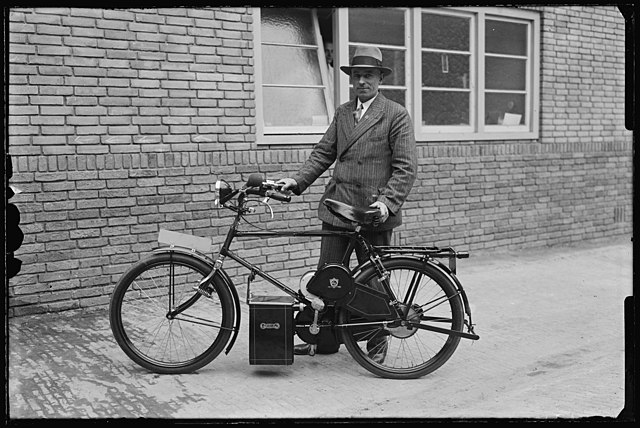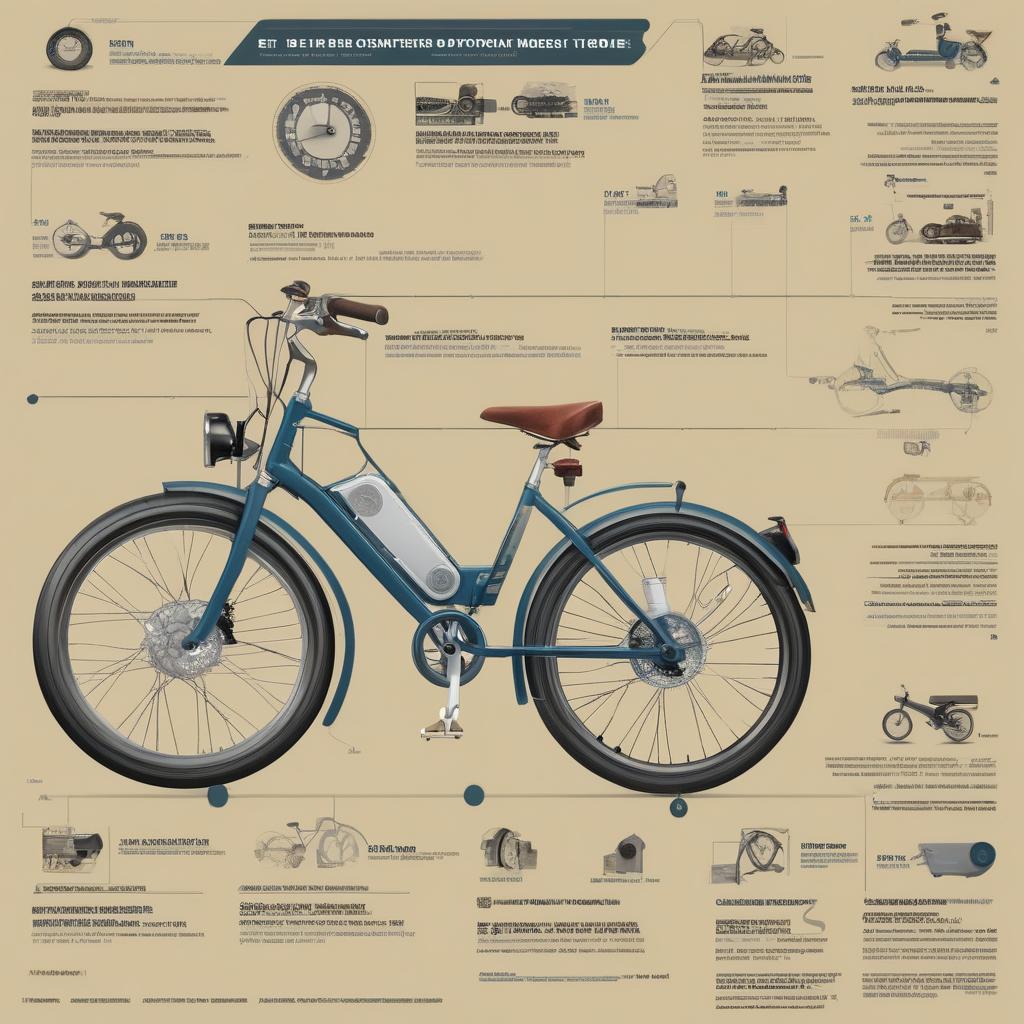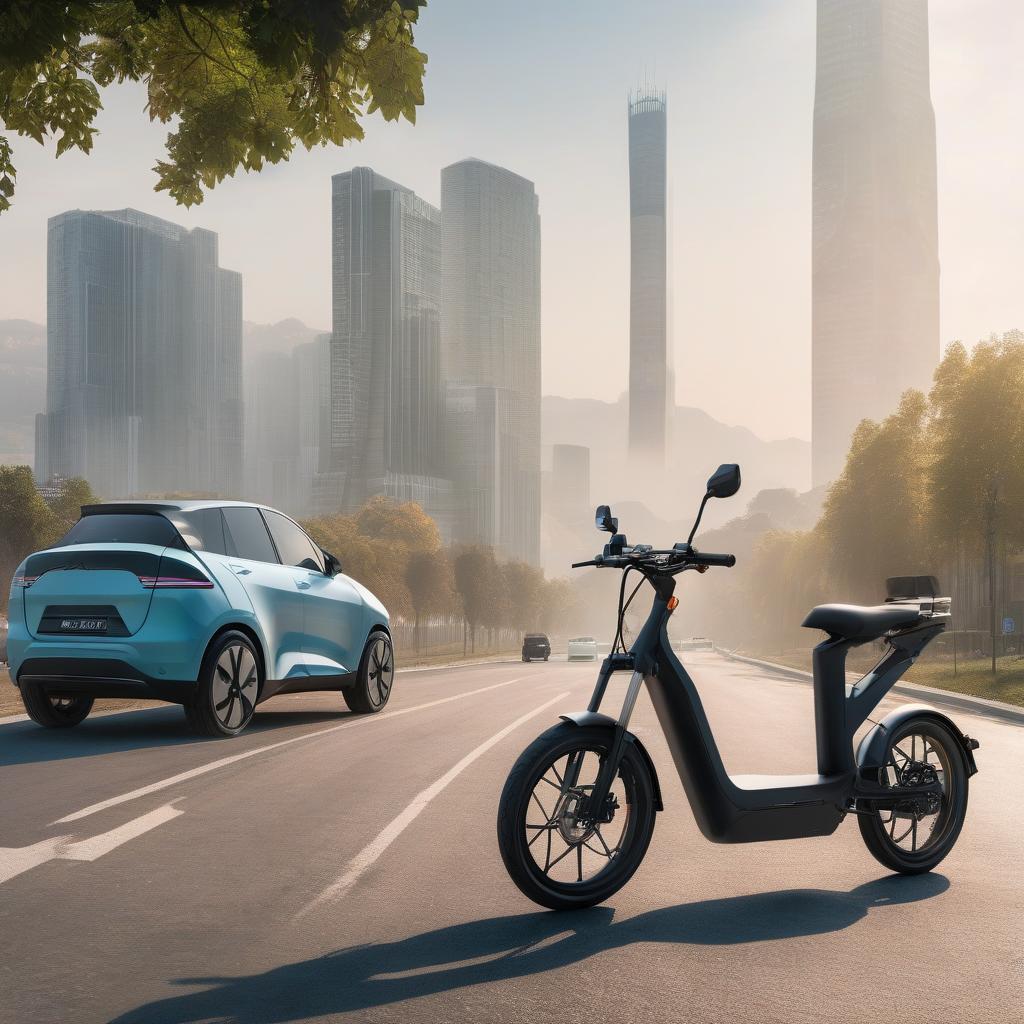Electric bicycles, commonly known as e-bikes, have surged in popularity in recent years. They offer the perfect blend of human-powered cycling and electric assistance, making cycling accessible to a wider range of people. But when did this innovative mode of transportation come into play? To truly appreciate the e-bike, it’s important to understand its historical context and the technological advancements that have brought us to this point. Let’s take a look at the fascinating journey of electric bicycles through time.
The Early Days: 19th Century Inventions
The concept of electric bicycles dates back to the 19th century. The first electric bicycle was developed in the 1890s, but it took many forms. In 1895, a man named Ogden Bolton Jr. filed a patent for a “battery-powered bicycle,” featuring an electric motor mounted on the rear wheel. This prototype was relatively primitive and lacked the design and functionality of modern e-bikes, but it laid the groundwork for future innovations.
Around the same time, a Scottish inventor named Arthur Hugo Gibert was awarded a patent for an electric bicycle with a similar design. While these early models proved to be impractical due to battery limitations and overall weight, they were pivotal in planting the seeds of electric cycling.

Advancements in Technology: The 20th Century
Throughout the 20th century, advancements in battery technology paved the way for more viable e-bike designs. However, the focus remained primarily on motorized bicycles rather than the hybrid model we know today.
In the 1930s and 1940s, electric vehicles began garnering attention in car manufacturing, but it wasn’t until the late 1960s and early 1970s that interest in electric bicycles re-emerged. Improvements in battery technology, particularly the advent of lead-acid and nickel-cadmium batteries, made electric bikes more feasible for consumers. During this period, e-bikes began to evolve from simple motorized bicycles into more complex machines, featuring improved electric motors and better control systems.
The Modern Era: 2000s and Beyond
The e-bike market began to gain significant traction in the 2000s, largely influenced by the environmental movement and a desire for sustainable transport. The introduction of lithium-ion batteries was a game-changer, allowing for lighter designs and longer ranges. This innovation made e-bikes significantly more functional and appealing to the average consumer.
In countries like Japan and Europe, e-bikes started to gain popularity as a practical commuting option. Japanese companies, such as Yamaha and Panasonic, began producing e-bikes, and soon, countries like Germany followed suit. E-bike models began featuring more advanced technologies, including pedal-assist systems, regenerative braking, and integrated lighting, catering to a variety of riding needs.
E-Bikes Go Mainstream: 2010s to Present
The 2010s saw an explosion in e-bike sales, with the global market expanding rapidly. Consumers became increasingly aware of the numerous benefits e-bikes offer, including reduced commuting times, lower costs for fuel, and a lower carbon footprint. In many cities, infrastructure improvements for cyclists, such as bike lanes and bike-sharing programs, further supported the rise of e-bikes, facilitating their integration into urban transport systems.
With companies like Trekk, Specialized, and Rad Power Bicycles entering the market, a wide range of e-bike models catering to various styles and budgets became available. Customization options, advanced features, and technology such as Bluetooth connectivity and smartphone apps for tracking and navigation have made e-bikes even more attractive to consumers.
The Future of E-Bikes
As we advance into the 2020s, the future of e-bikes looks promising. E-bike technology is continually evolving, with ongoing advancements in battery life, motor efficiency, and lightweight materials. Emerging trends suggest that e-bikes could play a crucial role in solving urban mobility issues and reducing traffic congestion and pollution.
With ongoing initiatives by governments and urban planners to promote cycling, we can expect e-bikes to become even more integrated into everyday transportation. Innovations in electric vehicle technology leave room for e-bikes to continue merging with advancements found in the automotive industry.
Conclusion
The history of e-bikes is a remarkable journey rooted in ingenuity, technological advancements, and the evolving needs of society. From their humble beginnings in the 19th century to their current status as one of the fastest-growing segments of the transportation market, e-bikes offer a glimpse into a sustainable transportation future. As technology continues to advance, e-bikes are poised to change the way we think about travel, exercise, and urban mobility, making them an essential vehicle for modern society. Whether for commuting, leisure riding, or tackling tough terrains, the electric bicycle has come a long way— and the journey is far from over.
FAQS
When were electric bikes invented?
The concept of electric bikes can be traced back to the late 1800s, with patents emerging around 1895. However, these early models were quite different from the e-bikes we know today.
How have electric bikes evolved over time?
E-bikes have undergone a significant transformation since their humble beginnings. Early models were bulky and inefficient, with limited range. Advancements in battery technology (like lithium-ion batteries) and motor design have led to lighter, more powerful, and longer-range e-bikes. Additionally, the introduction of pedelecs, which offer pedal assistance, opened up e-bikes to a wider audience.
What is the future of electric bikes?
Advancements in battery technology and motor efficiency promise even greater range and performance. We can expect to see further integration of smart features like connectivity and navigation, making e-bikes even more user-friendly. Additionally, the diversification of e-bike models catering to various needs and the rise of e-bike sharing programs are likely to continue, promoting e-bikes as a mainstream mode of transportation.



